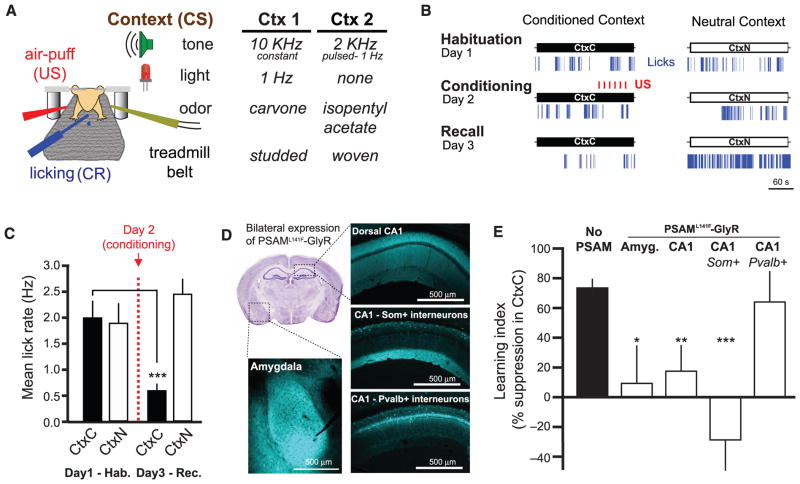Fig. 1. Som+ interneurons in CA1 are required for learning hf-CFC.
(A) Schematic of hf-CFC task. A head-fixed mouse on a treadmill is exposed to contexts (CS) defined by distinct sets of multisensory stimuli. We used air puffs as the US and suppression of water-licking as a measure of learned fear (CR). The two distinct contexts used in this study are described at right. (B) Behavioral data from an example mouse over the hf-CFC paradigm. Conditioned (CtxC) and neutral (CtxN) contexts are each presented once a day, and lick rate is assessed during the 3-min context. (C) Summary data for 19 mice [two-way analysis of variance (ANOVA), context x session, F(1,19) = 9.34, P < 0.01]. Mice showed a selective decrease in mean lick rate between habituation and recall in CtxC but not CtxN (paired sign tests). (D) Viral expression of PSAML141F-GlyR in the amygdala or dorsal CA1, revealed by α-bungarotoxin-Alexa647 immunostaining. All injections were bilateral; for simplicity, only one hemisphere is shown. Image at top left is from the Allen Brain Atlas. (E) Summary data for mice injected with PSEM89 systemically 15 min before the conditioning session in CtxC (day 2 of hf-CFC paradigm). Learning is assessed by the percentage of lick-rate decrease in the CtxC recall session (day 3) relative to the mean lick rate in all sessions. Mice expressing PSAML141F-GlyR in amygdala cells (Amyg., n = 6 mice), dorsal CA1 cells (CA1, n = 5 mice), or CA1 Som+ interneurons (CA1-Som+, n = 8 mice) showed impaired learning compared with mice not expressing PSAML141F-GlyR (No PSAM, n = 11 mice), whereas mice expressing PSAML141F-GlyR in CA1 Pvalb+ interneurons (CA1-Pvalb+, n = 4 mice) did not. Comparisons are Mann-Whitney U tests. Error bars, mean ± SEM. *P < 0.05; **P < 0.01; ***P < 0.001.

